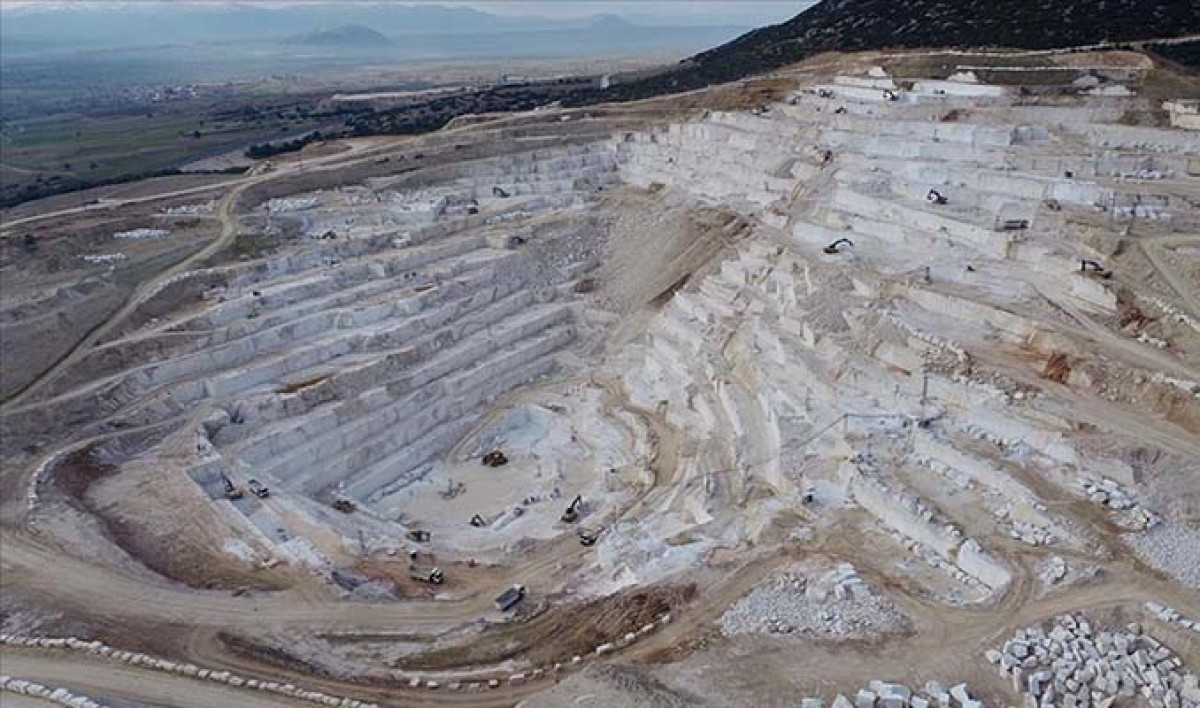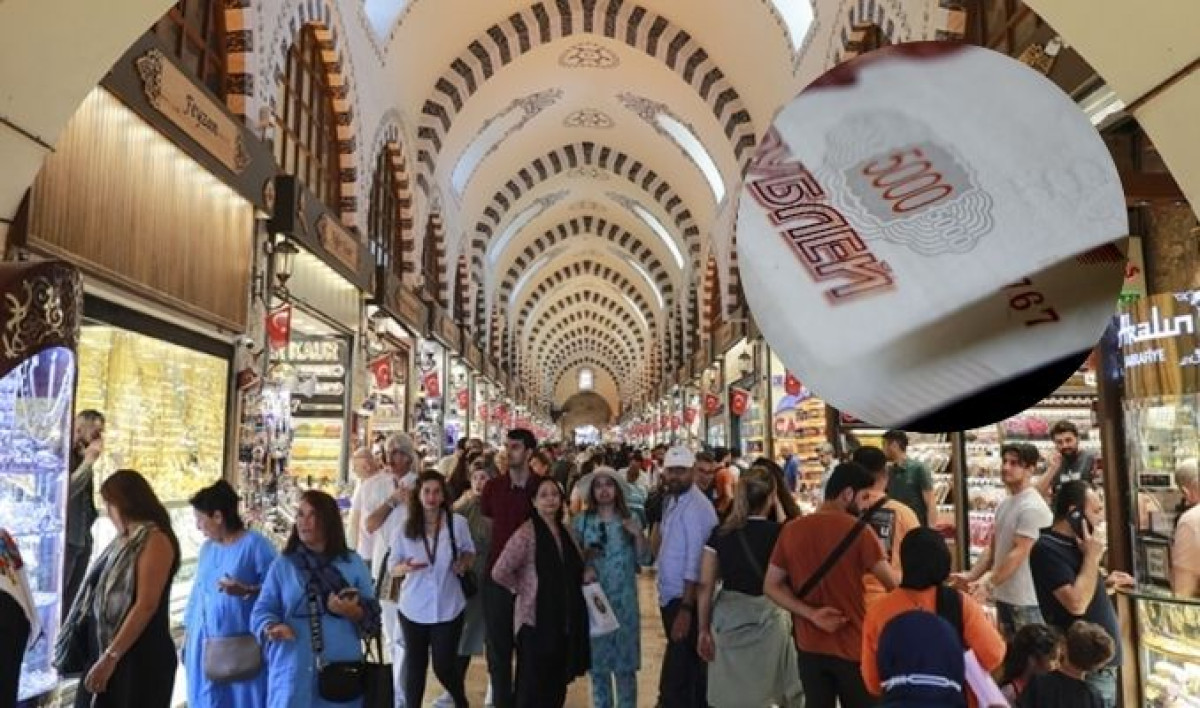Hateks: Sales of France and Cash Flow Management
Investors who keep the pulse of the financial markets closely follow the strategic moves of companies. In this regard, the reasons behind the decisions of companies to dispose of their subsidiaries and how to evaluate the income derived from these sales are among the most curious issues. Liquidity management and indebtedness levels, in particular, constitute the main source of motivation for such decisions. The fact that a company cashes its investments outside its core business area usually has the objectives of relieving financial pressure on the balance sheet, reducing short-term liabilities, and increasing operational flexibility.
Hateks Strategic Divestment Decision and Financial Reflections
Hateksrecently established subsidiary in France Hateks InvestThe sale of the company exemplifies this strategic approach. It is common for companies to dispose of their cash convertible assets, especially during periods of high short-term debt obligations, in order to restructure their balance sheets to a healthier structure. Such sales aim to create a more sustainable growth environment by reducing financial risks while ensuring that businesses focus on their core areas of activity.
HateksLooking in depth at the financial statements of, the distribution of resources is approximately 47%It appears that the 'is made up of short-term liabilities. This ratio clearly shows that the company is under significant cash outflow pressure in the near term and liquidity management has become a critical priority. In this regard, in France 100% affiliate of Hateks InvestThe disposal of the company is interpreted as a proactive step by the company to alleviate this financial pressure.
In line with the decision taken last July, Hateks Invest, 1.6 million euros Bedelle Orontiatransferred to. Although this sale price may seem modest at first glance, its impact on the financial structure of the company must be carefully studied. Income obtained, Hateksas a proportion of its total assets in its most recent financial statements 1.97%In proportion to its annual revenue 27.8%It has a size of. These ratios indicate that although the sale does not generate a radical change in the overall asset base of the company, its positive impact on cash flow cannot be ignored, especially with it accounting for more than a quarter of annual revenue.
The official statement issued by the company also highlighted the reduction of short-term debts as the main justification for the sale. This strategic step, in particular Hateksannounced in the first half of 2025 307 million TLIt can be considered as part of efforts to restore financial balance after the loss and draw up a sustainable profitability roadmap. This sale, alone HateksAlthough it does not radically transform the structure of the balance sheet, it is expected that the company will make a significant contribution to alleviate its short-term financial obligations and strengthen its operational liquidity. Current financial indicators indicate that the company's priority in the near term is to effectively manage its debt burden and consolidate its financial soundness, rather than to increase operational profitability.
İskenderun Demir Çelik: Blast Furnace Investment and Short Term Financial Impacts
Large-scale investments in capital-intensive industries, such as the iron-steel sector, often serve long-term strategic goals and are not expected to be reflected immediately in immediate financial results. The commissioning of huge production facilities, especially such as blast furnaces, requires a significant process of preparation, testing and optimization. The start-up costs and operational adaptation difficulties that arise in this process can manifest themselves in the form of cost increases and profit decreases, in contrast to the expected productivity increases in the short-term financial statements.
Commissioning Process and Cost Pressure of Blast Furnace Project
İskenderun Demir Çelik (İSDEMİR)The commissioning of Turkey's largest blast furnace in May represents a significant increase in capacity and productivity potential for the sector. With this investment, the company has made an annual 2.8 million tons It aims to achieve additional capacity. However, the positive reflection of such a large project on the financial statements does not happen immediately. During the initial commissioning phase of complex production facilities such as blast furnaces, special expense items known as 'commissioning costs' arise. These costs include test productions, equipment adjustments, personnel training, high initial energy consumption and possible production runs. In addition, it is also a time-consuming process for the production process to reach full capacity and optimum efficiency, i.e. 'settling the production process'.
In addition to these initial costs, the 'additional burdens' that the new investment brings to the balance sheet should not be ignored. These burdens may include interest expense on loans used for investment, increased depreciation expense, and increases in operational expenses such as maintenance-repair. All these factors create an upward pressure on the cost structure of the company at the initial stage.
Sectoral dynamics also play a decisive role on profit margins. The iron-steel sector is highly sensitive to the global economic conjuncture, fluctuations in raw material prices (iron ore, coal, etc.), energy costs and the supply-demand balance in international markets. Negative developments in these external factors can negatively impact profit margins despite the company's internal efficiency efforts. Thus, the full reflection of a goal of productivity increase in financial results is a phenomenon that depends both on the completion of internal optimization processes and on the formation of favorable market conditions.
İSDEMİR's First Semester Results and the Future of the Furnace Effect
Iskenderun Iron SteelThe financial statements for the first half of the year clearly show the financial implications of this transition period. The company's sales revenue during this period is only %3 While recording an increase in the rate, costs %5 It has risen at a higher rate. This situation shows that the increase in income cannot compensate for the increase in costs, and gross profit margins are narrowing. As a direct result of this cost pressure, the operating profit 58% It has declined at a very significant rate. This sharp drop in operating profit indicates a significant decrease in the profitability of the company from its main operations.
The net profit at the end of the period shows a similar picture %57With a drop of 3 billion TL has regressed to its level. The most important pressure elements of this decline in the financial statements are the overall increase in costs and the increase in financial expenses. In particular, the interest burden on borrowings used for new investment and the rise in general interest rates significantly increased financial expenses, negatively affecting net profit.
In this regard, it is clear that more time is needed for the blast furnace commissioned in May to go into production at full capacity and for the expected efficiency contributions to be reflected in the financial statements. Although it is possible to observe the real potential of the furnace and its obvious effects on financial performance in part more clearly in the nine-month financial statements (Q3), it is necessary to further increase capacity utilization ratios and fully address operational cost advantages for a fully positive impact. In the long run, this is a big investment ISDEMIRIt is expected to make significant contributions to the financial structure of the company by increasing production efficiency, competitiveness and market share. However, these contributions will become evident gradually and over time.
⚖️ Yasal Uyarı:Bu içerik yatırım tavsiyesi niteliği taşımaz. Yatırımlarınızla ilgili kararlarınızı kendi araştırmalarınız ve risk profilinize göre almanız önerilir.
Hateks, İskenderun Demir Çelik, İSDEMİR, blast furnace, efficiency, debt management, financial statements, net profit, operating profit, investment, Hateks Invest, Orontia, financial analysis, liquidity, capital markets, iron and steel sector, company news




















.png)